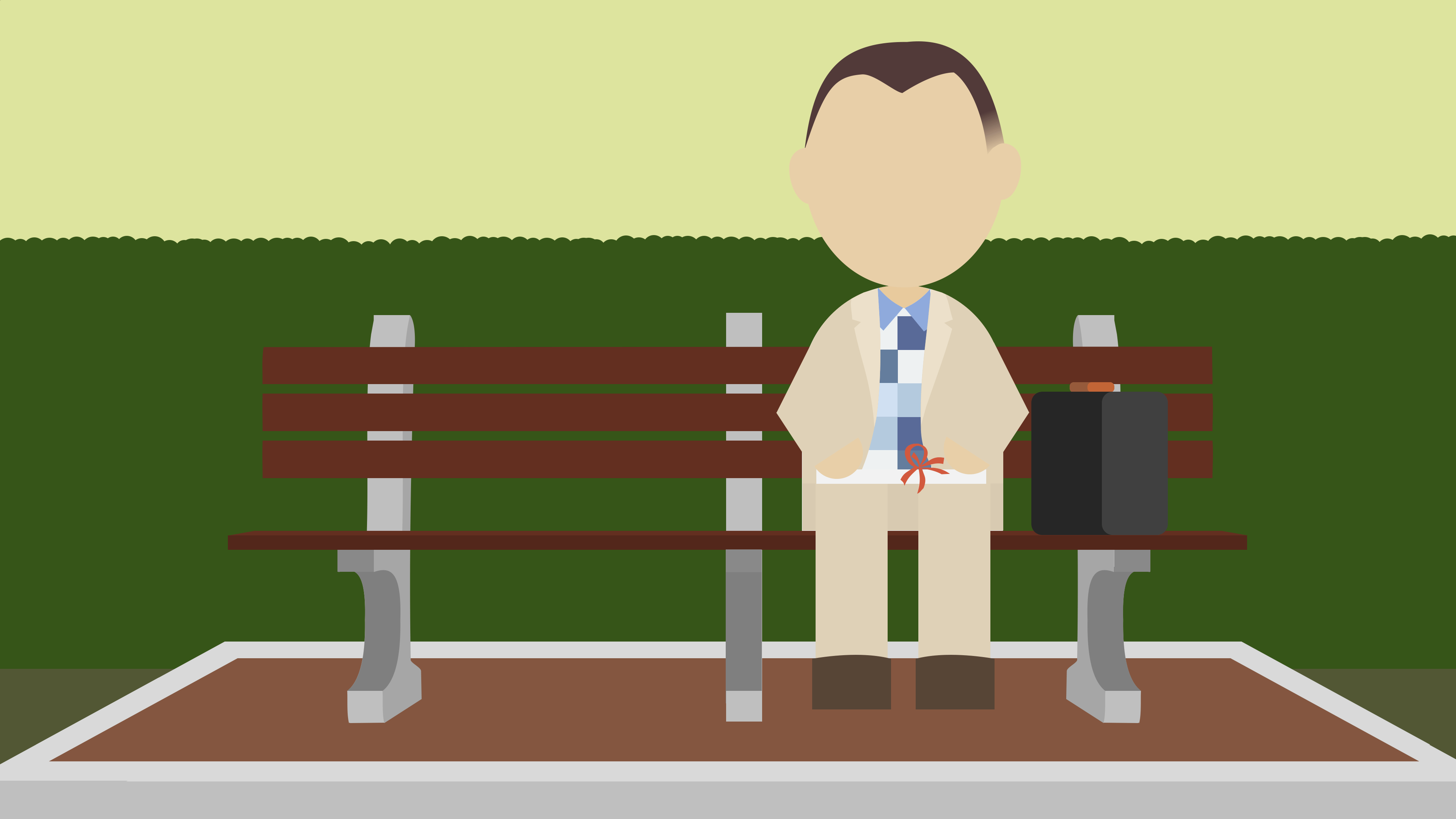You really shouldn’t spend so much time working

I’ve been reading papers for a while now, but never before have I seen a paper with a title that is this succinct.
Our productivity and earning rates have risen astronomically in the past two centuries. John Maynard Keynes, one of the greatest thinkers of the 20th century, predicted that by 2030 most people would only have to work 15 hours per week to earn what they need, leaving the rest of the week for things that are arguably more fun than work.
While we still have a few more years to go before it’s 2030, it’s pretty clear that his prediction won’t come true: not only do most people still work 40 hours, some even work as much as 60 hours per week, just so they can earn more. This is what the authors of this paper call “overearning”: the tendency to forgo leisure to work and earn beyond one’s needs.
There can be good reasons for overearning: a person may be uncertain about their future, desire to bequeath wealth to others, or simply enjoy working. Nevertheless, the authors were interested whether people still overearn when these reasons are controlled for.
To this end, the researchers conduct three studies. In each study participants are tested individually while seated at a table in front of a computer and wearing a headset. Each experiment consists of two phases:
-
In Phase I, the participant can either relax and (“leisure”) or press a key to listen to noise in form of a brief, very annoying sound (“work”). Listening to the noise a certain number of times earns the participant a reward. Any earned rewards can only be used in the next phase.
-
In Phase II, the participant finally gets to enjoy their rewards. They can - but don’t have to – consume all of their earned rewards during this phase. Any rewards that remain, must be left on the table and are thus “wasted”.
Participants are informed about the setup of the experiment in advance and are told that they get to decide how many rewards they want to earn (in Phase I) and consume (in Phase II); their only goal is to make themselves as happy as possible during the experiment.
While these studies aren’t particularly realistic, they do a pretty decent job at simulating life.
In the first study, participants were assigned to either a low-earning-rate or high-earning-rate condition. In the first condition they needed to hear the noise 120 times to earn 1 chocolate, while those in the second group only needed to hear it 20 times for a chocolate.
Obviously, the participants in the high-earning-rate group earned more chocolates than the poor souls that were assigned to the low-earning-rate group. What might be more surprising, is that participants in the high-earning-rate condition greatly overearned. .
These results support the idea of mindless accumulation, which is that people have the tendency to work until they feel tired rather than until they have earned enough.
In study 1 participants were free to earn as much as they wanted without real negative consequences, other than “wasted” chocolates. For study 2 the researchers wanted to create a situation in which overearning would actually hurt consumption.
One way to do this is to force participants to eat all of their earned chocolates, but . Instead, participants were rewarded with jokes, which they were “forced” to read. The more jokes a participant earns, the less time each joke is displayed. Earning too many jokes thus results in jokes that disappear before one can finish reading them.
This time the participants were assigned to an experimental condition in which
they were asked What is the optimal number of jokes you want to read in Phase
II?
right before the start of Phase I, or a control condition in which the
question was omitted. At the end of Phase II participants were asked to report
their feelings while reading the jokes.
Participants in the control condition overearned, whereas those in the experiment condition stopped earning once they reached their self-reported optimal number of jokes. More importantly, the participants in the control condition were happier than those in the experimental condition!
Study 3 looks a lot like study 1, except that all participants now earn one chocolate for every 10 instances of noise. Once participants , they were shown a message. Participants in the control condition were told that they could still earn more chocolates if they wanted to. Those in the experimental condition were told that they could not earn additional chocolates, but could still listen to more noises if they wanted to. All participants were asked about their happiness levels at the end of each phase.
Although participants in both groups consumed the same number of chocolates (7), those in the control group greatly overearned more than twice the average number of consumed chocolates (15). Participants who had to deal with an earning cap chose to work less and only earned about 9 chocolates on average.
Most importantly, participants in the experimental group were happier than those in the control group, presumably because they spent less time “working”, spent more time relaxing, and did not have to leave as many chocolates on the table at the end of the experiment.
-
High-earning workers tend to overearn more than low-earning workers
-
People have the tendency to overearn, even if overearning would lead to worse results
-
Setting an earning cap reduces the likelihood of overearning and results in increased happiness


